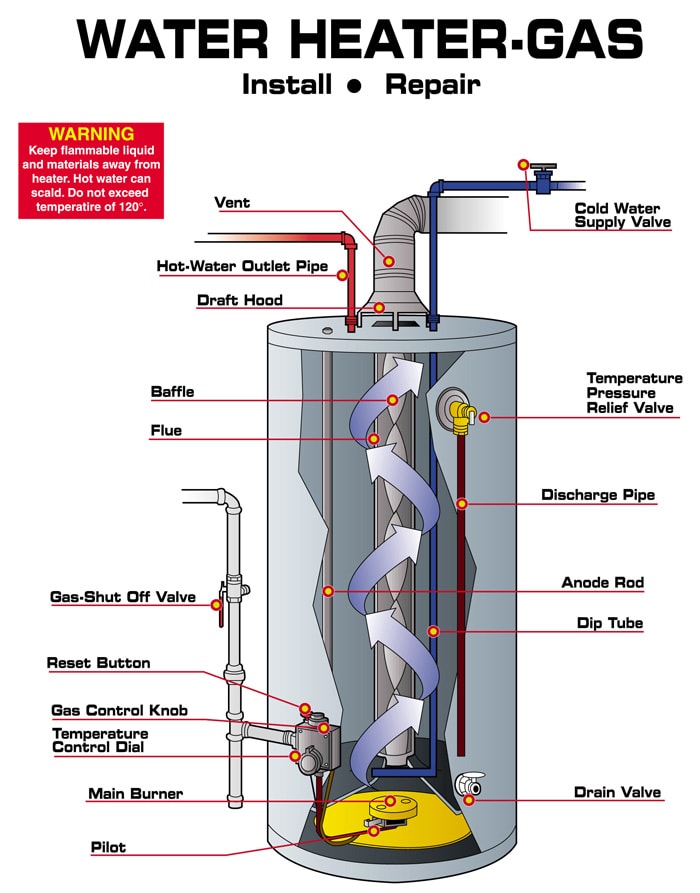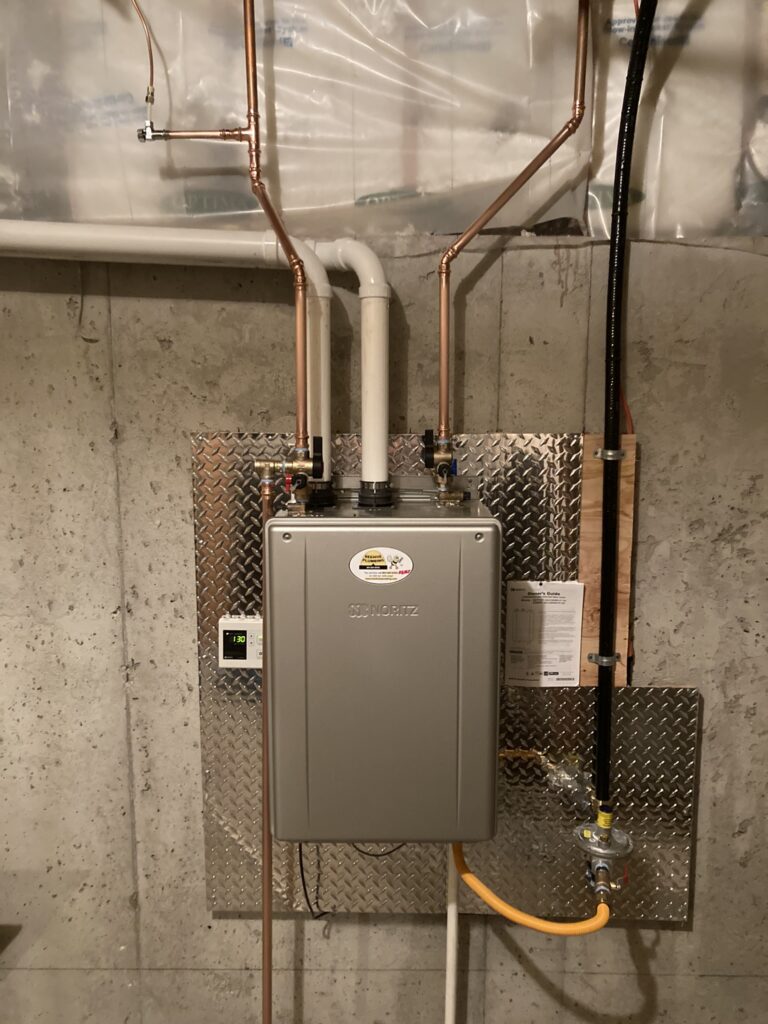Need water heater installation in Buena Park? Trust our skilled team
Do It Yourself Water Heating System Installment: Essential Actions for Success
When considering a DIY hot water heater setup, it is important to approach the job with a systematic frame of mind, as the procedure involves several important steps that can considerably influence both security and performance. Choosing the appropriate water heating unit for your specific requirements is simply the start; preparing the setup location and recognizing the needed tools and products are equally essential. As we explore the methodical technique to setup, it becomes obvious that ignoring any detail could result in complications down the line. Are you prepared to navigate the details of this home improvement project?
Choosing the Right Water Heating Unit
When selecting a water heating unit, it is necessary to think about a number of crucial factors to ensure ideal performance and effectiveness - water heater. Examine the type of water heating unit that finest fits your requirements. Alternatives consist of tankless, tank, and heatpump hot water heater, each offering distinctive advantages in terms of power performance and space needs
A bigger family members might require a device with a greater gallon ability or a tankless system that can give constant warm water. Each energy type has implications for installation expenses and long-lasting power expenses.
Energy efficiency is another important variable. Search for units with a high Power Aspect (EF) rating, as these designs take in much less power and can considerably reduce utility costs. Furthermore, look for warranties and brand integrity, as these can indicate the durability and maintenance requirements of the system. By very carefully assessing these aspects, you can pick a water heating system that lines up with your family's details requirements, making sure convenience and performance for many years ahead.
Devices and Products Needed
Efficiently installing a water heating system calls for not only the right selection of device but also the suitable devices and products. Before starting your do it yourself project, ensure you have a detailed listing of products to assist in a smooth installation procedure.
Crucial devices consist of a monkey wrench, flexible pliers, and a screwdriver set (both flathead and Phillips), which will aid you take care of numerous fittings and links. Furthermore, a drill with ideal bits is required for installing brackets or making any called for openings. For security, a voltage tester is crucial, particularly when managing electric hot water heater.
You will certainly also require a versatile water supply line, which can be either knotted stainless steel or PVC, depending on your choices and regional codes. By gathering these products and tools in advance, you established the phase for an effective water heating system setup.
Getting Ready For Installation
Before beginning the setup of your hot water heater, it is crucial to evaluate the installation site to ensure it fulfills all essential demands. Beginning by verifying that the area is well-ventilated, specifically for gas water heating units, to avoid the buildup of harmful gases. Look for the availability of essential links, consisting of water supply lines and electrical outlets, ensuring they remain in great condition and correctly situated.

This proactive strategy not just ensures conformity with local structure codes but also enhances the durability and effectiveness of the water heating unit. Correct preparation establishes the stage for a smooth installation procedure and assists avoid unanticipated problems.
Step-by-Step Setup Process
With the prep work full and all needed analyses performed, the next stage includes the detailed setup of your water heater. For tank-type water heating systems, link the cold water supply line to the inlet, generally noted in blue, and the warm water line to the outlet, generally designated in red.
Next, safeguard the temperature level and stress alleviation shutoff, which is essential for safety and security. Connect the discharge pipeline to this shutoff, guiding it towards the flooring or a suitable drainage location. For electric versions, attach the power supply by removing the wires and securing them to the heating unit's terminals according to the manufacturer's directions.
If you are setting up a gas water heating unit, guarantee the gas line is linked properly and check for leakages using a soap service. After all links are made, load the storage tank with water before switching on the power or gas supply. Lastly, enable the water heating system to reach the preferred temperature level and look for any see this here kind of leakages around all connections.
Ensuring Security and Effectiveness
Frequently guaranteeing safety and efficiency throughout the installation and procedure of your water heating system is essential for optimal performance and long life. Begin by selecting an appropriate place that adheres to local building regulations and gives ample air flow. Make certain that the area is devoid of combustible materials and has adequate area for maintenance and inspections.

After setup, conduct routine checks on the system to find leaks, corrosion, or unusual noises. Set the thermostat to a risk-free temperature, normally around 120 ° F, to avoid hot and improve power efficiency. Shield pipes to minimize heat loss, which adds to reduce energy bills.
Final Thought
In conclusion, successful Do it yourself water heating system setup hinges on mindful planning and implementation. Choosing the proper water heater, preparing the setup location, and adhering to a systematic installation process are important steps.
When thinking about a DIY water heating system setup, it is necessary to come close to the job with a systematic mindset, as the process involves numerous critical steps that can substantially impact both security and effectiveness.Prior to starting the installment of your water heater, it is important to examine the installment website to ensure it meets all essential demands. For tank-type water heaters, link the cool water supply line to the inlet, normally marked in blue, and the warm water line to the outlet, usually designated in red.Frequently guaranteeing security and performance during the setup and procedure of your water heater is vital for optimal efficiency and durability. Picking useful content the suitable water heating system, preparing the setup location, and complying with a systematic our website installment process are crucial steps.